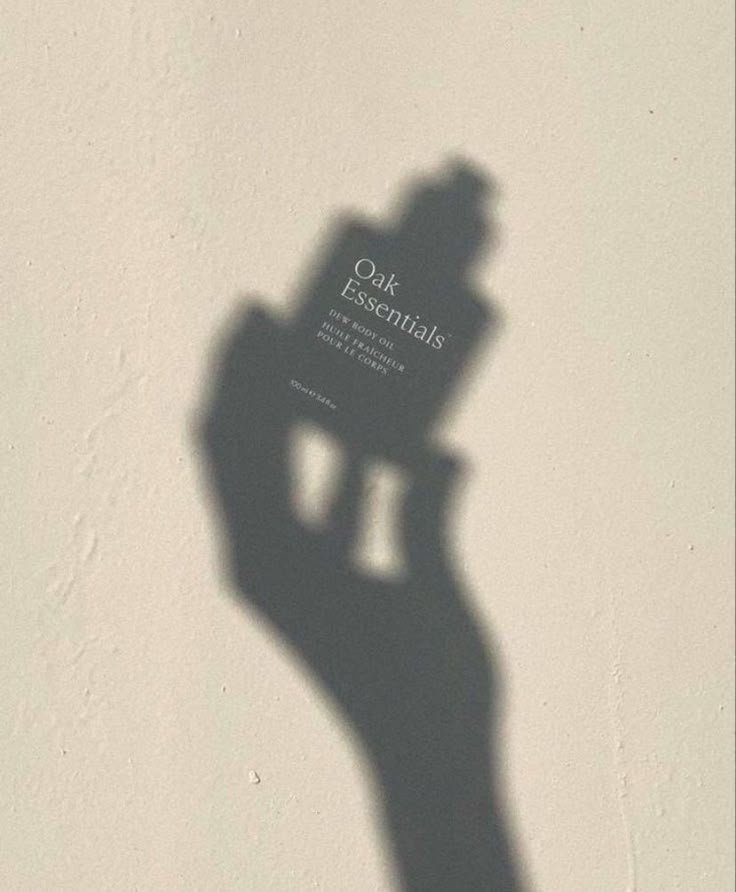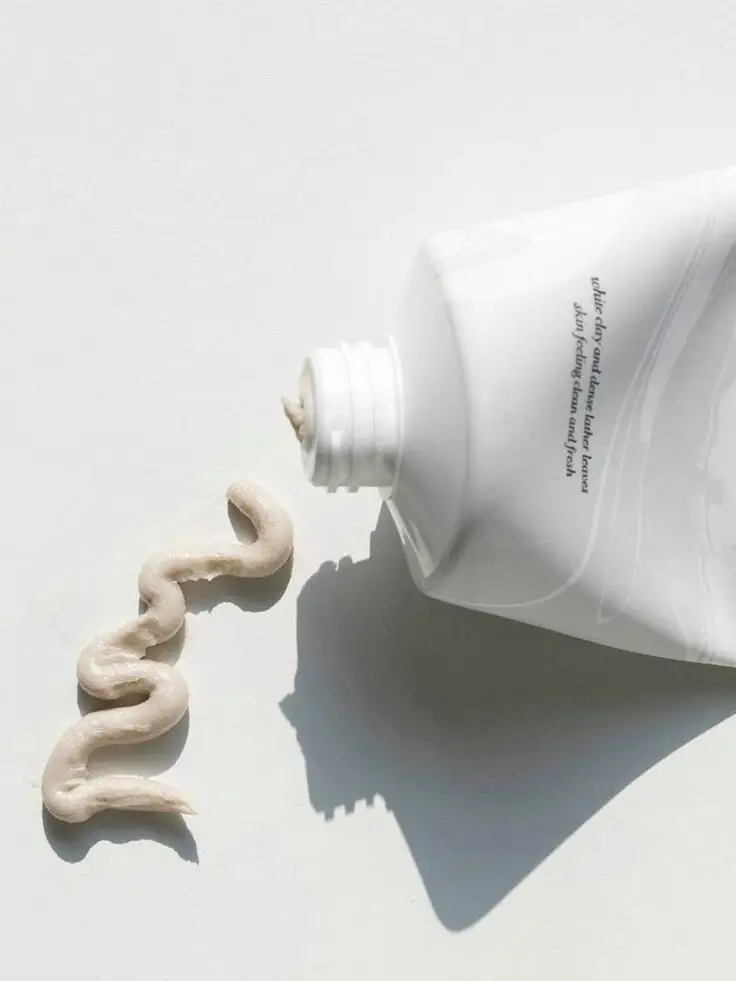Gel vs Cream vs Oil: The Ultimate Guide to Choosing the Right Moisturizer

When choosing a moisturizer, it’s important to match the formula to your skin type. The right moisturizer can balance oil, reduce dryness, and improve overall skin health. Below is a comparison table of different moisturizers with their textures, best skin types, and benefits.
How to Choose a Moisturizer for your Skin Type
| Moisturizer Type | Texture | Best For | Key Benefits | Common Ingredients |
| Gel Moisturizer | Lightweight, water-based | Oily, acne-prone, combination | Oil-free hydration, non-comedogenic, fast absorption | Hyaluronic acid, aloe vera, green tea extract |
| Lotion Moisturizer | Light, creamy | Normal, combination | Balances hydration, layers well under makeup | Glycerin, ceramides, light oils |
| Cream Moisturizer | Thick, rich | Dry, mature | Deep hydration, repairs skin barrier | Shea butter, squalane, ceramides, fatty acids |
| Ointment/Balm | Very thick, occlusive | Very dry, sensitive, eczema-prone | Locks in moisture, protects skin barrier, heals overnight | Petrolatum, lanolin, beeswax, mineral oil |
| Emulsion Moisturizer | Hybrid of gel + lotion | Sensitive, combination | Lightweight hydration, soothing, non-greasy | Water-oil blends, calming botanicals |
| Face Oils | Liquid oil | Dry, dull, mature | Nourishes, improves elasticity, adds glow | Jojoba, argan, rosehip, marula oil |
🔑 How to Choose the Right Moisturizer for Your Skin
- Oily skin: Look for a lightweight gel moisturizer to hydrate without clogging pores.
- Normal or combination skin: A lotion or emulsion balances hydration.
- Dry or mature skin: Choose a cream moisturizer or face oil for deep nourishment.
- Very dry or sensitive skin: An ointment or balm helps restore and protect the skin barrier.
Here are some of our recommendations, compared at different price points and different brands.
Product | Typical Price (US) | Cost per Unit / Notes | Brief Explanation / Value Proposition |
| BYOMA Moisturizing Gel Cream | ~$9.99 | (for standard size) | A lightweight gel-cream that absorbs quickly. It’s mid-range, offering good value for everyday use without premium pricing. |
| CeraVe Daily Moisturizing Lotion | ~$14.97 | (for ~12 oz) | A budget-friendly classic. Because it’s sold in large sizes, its cost per ounce is very favorable. Great “bang for your buck.” |
| La Roche‑Posay Toleriane Double Repair Face Moisturizer | ~$24.99 | ~$0.25 / mL | A more premium option with dermatologist-recommended ingredients. The higher price reflects branding, formulation, and packaging. |

So, which should you choose—gel, cream, or oil?
Gel: The Refreshing Lightweight Option
Personally, I find gel moisturizers a lifesaver in hot, humid weather. They’re light, quick-absorbing, and never leave that dreaded greasy film. If you have oily or acne-prone skin, gels can keep you hydrated without clogging pores. Brands like BYOMA’s Moisturizing Gel Cream hit that sweet spot: effective hydration at a mid-range price, without the weight of a cream.
Cream: The Cozy Comforter for Your Skin
Cream moisturizers, on the other hand, are like wrapping your skin in a blanket. I reach for them in winter or anytime my skin feels tight and thirsty. They’re especially comforting for dry or mature skin since they’re packed with barrier-repairing ingredients like ceramides and fatty acids. Sure, they can feel heavy, but that’s exactly the point—they’re built to protect and replenish.
Oil: The Glow Booster (With a Caveat)
Face oils get a lot of hype, and rightly so. When used correctly, they can transform dull, dry skin into something radiant. But here’s the catch: not everyone’s skin loves oil. I’ve learned that oils work best as a finishing touch rather than a replacement for moisturizer. A few drops of jojoba or rosehip oil can lock in hydration beautifully, but too much can tip your skin into greasy territory.

The Bottom Line: Listen to Your Skin, Not Just the Hype
Choosing a moisturizer is less about following trends and more about paying attention to what your skin is asking for. Oily skin craves light hydration; dry skin begs for deep nourishment; sensitive skin needs barrier protection above all.
That’s why I don’t believe in a single “ultimate” moisturizer. The right choice changes with your skin type, the climate, and even the season. One month you might be all about gel, and the next, you’re layering on cream.
At the end of the day, the best moisturizer is the one that makes your skin feel balanced, comfortable, and cared for—whether it costs $15 or $50.
Choosing a moisturizer is less about following trends and more about paying attention to what your skin is asking for. If you’re unsure where to start, check in with us from time to time for more articles @ The Edit
For a full breakdown of textures, ingredients, and recommendations by skin type, leave us a critique so we know to post more related to your topic!